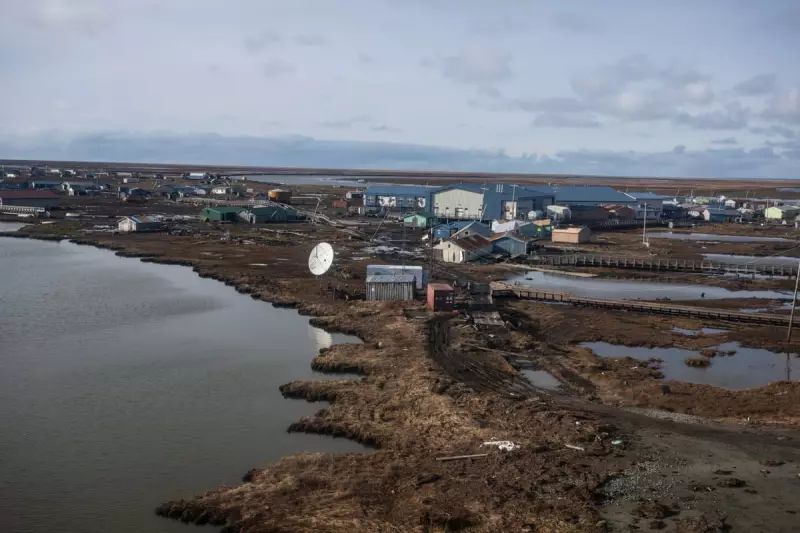
The remote Alaskan village of Kipnuk is reeling from catastrophic damage after Super Typhoon Halong unleashed its fury on the coastal community, marking one of the most destructive weather events in the state's recent history.
Homes have been flooded, infrastructure destroyed, and the community's water supply contaminated after the unprecedented typhoon battered the Yukon-Kuskokwim Delta region. What makes this storm particularly alarming is its extraordinary journey - travelling thousands of miles across the Pacific while maintaining tropical characteristics that rarely reach Alaska's shores.
Community in Crisis
Residents of the predominantly Yup'ik village watched in horror as fierce winds and storm surge overwhelmed their community. "The damage is absolutely devastating," reported local officials, describing how multiple homes were flooded and essential buildings damaged beyond repair.
The contamination of the village's water supply poses an immediate health crisis, forcing residents to rely on emergency shipments of bottled water while repair efforts struggle to commence.
Climate Change Connection
Meteorologists are calling Halong a "historic event" that signals worrying trends in our changing climate. The typhoon's ability to maintain strength so far north challenges conventional understanding of storm behaviour and raises serious questions about future weather patterns in traditionally temperate regions.
Scientists point to unusually warm ocean temperatures as a key factor allowing Halong to travel so far from the tropics while preserving its destructive power. This event follows other unusual weather phenomena affecting Alaska in recent years, suggesting a pattern of increasing climate volatility in northern latitudes.
Recovery Challenges
Emergency response teams face significant obstacles reaching the isolated community. The village's limited infrastructure, combined with the extensive damage to local airstrips and access routes, has complicated relief efforts.
Local leaders have appealed for state and federal assistance, highlighting the vulnerability of remote Alaskan communities to increasingly extreme weather events. The long-term recovery is expected to take months, if not years, with costs running into millions of dollars.
As climate scientists analyse data from this extraordinary event, residents of Kipnuk and similar communities across Alaska are left wondering what the future holds for their traditionally stable weather patterns.





